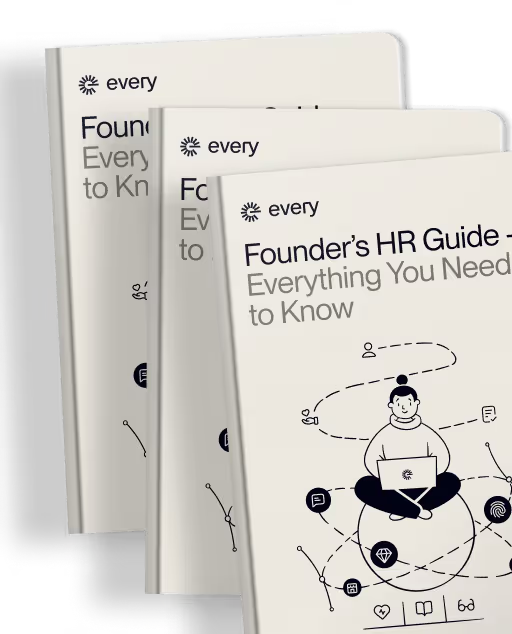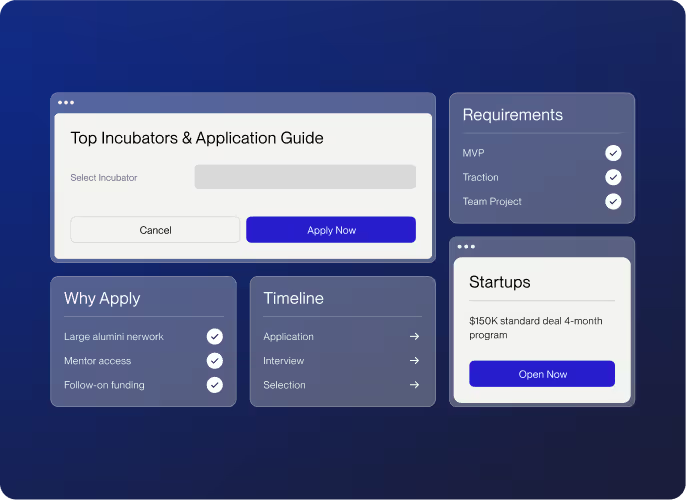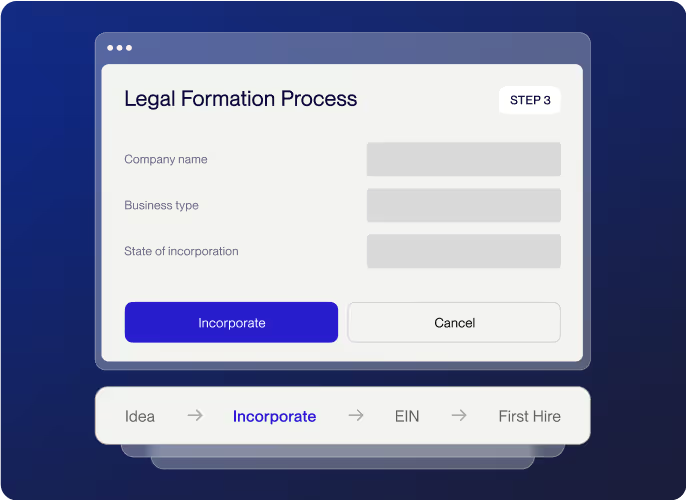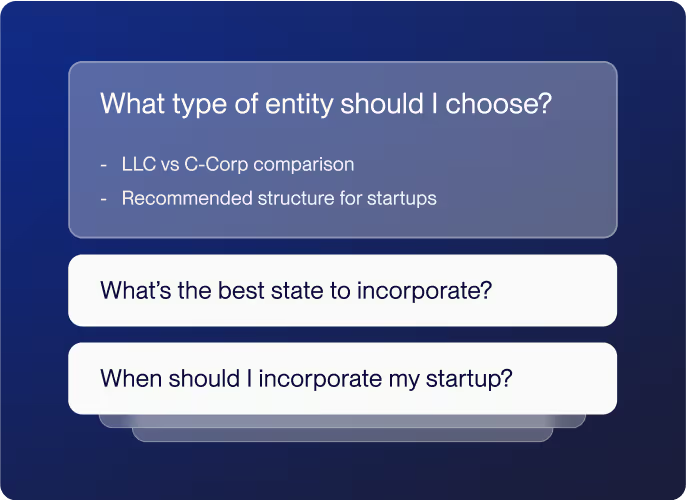How to Write a Killer Application for Top Startup Incubators
Getting into Y Combinator, Techstars, or other elite startup incubators can transform your company's trajectory overnight. But with acceptance rates often below 3%, your application needs to be exceptional. After reviewing hundreds of successful and failed applications, I've distilled what separates the winners from the losers.
The Only Two Things That Matter
Let's be brutally honest here. Incubators don't care about your beautiful UI mockups, your detailed financial projections, or even your early traction (though that helps). They care about:
- You (and your team)
- Your pitch
Everything else is noise. Here's how to nail both elements before you even think about applying.
1. Perfect Your One-Sentence Pitch
Before writing any applications, perfect your one-sentence pitch. Investors have the attention span of a TikTok scroll. Your pitch needs to be:
- Simple: Your parents should understand it immediately
- Jargon-free: Technical complexity ≠ impressive
- Memorable: If they can't repeat it, they won't fund it
One formula that works: "We're building [product] for [specific customer] that [solves problem] by [unique approach]."
Examples:
- "We're Airbnb for office space, letting companies rent out their unused desks by the day."
- "We're building an AI that writes personalized sales emails that get 3x more responses."
- "We've created a medical device that detects early-stage skin cancer with 99% accuracy in 30 seconds."
If you can't explain it simply, you don't understand it well enough yourself. Your one-sentence pitch is the foundation everything else builds upon—get this right before moving forward.
2. Understand Why Founders Matter More Than Ideas
The average startup pivots 2-3 times before finding product-market fit. That's why incubators invest in founders first, ideas second.
Y Combinator, Techstars, and every experienced investor knows this truth: a great team can salvage a mediocre idea, but a mediocre team will fail even with a brilliant idea.
If your current concept fails, will you have the resilience, insight, and execution ability to pivot into something that works? That's the bet they're making.
Here's where many technical founders struggle. Bragging feels uncomfortable, but you need to get over it. Fast. Remember that the application is your chance to clearly explain why you're the right person to solve this problem.
3. Craft an Inspirational Founder Story
Your "why" needs to be compelling. Here's my pitch from when I founded Reflektive:
"I was a manager building mobile games at Disney. It was just me and a small team of 8 devs. The first game was a hit, and my team went from 8 to 85 people in 3 months. I now had 5 middle managers reporting to me, and I had no tools to manage them and realized there needs to be a solution to help managers manage their employees better."
This story wasn't actually what inspired me to start the company. But it created an inspirational narrative that showed how I found a problem and left my high-paying job to solve it, which resonated with my buyers.
Notice what an effective founder story does:
- Establishes credibility (Disney)
- Shows you've experienced success (rapid team growth)
- Identifies a clear market pain point
- Positions you as someone with insider knowledge
- Creates a natural "hero's journey" narrative
Your story should do the same. And if your actual inspiration isn't quite as compelling, focus on the elements that best demonstrate why you'll succeed.
4. Highlight Your Team's Unfair Advantage
What unique qualifications make your team the right one to solve this problem? Investors need to believe you're exceptional. Highlight:
- Elite education: Degrees from Stanford/MIT/Harvard signal pattern recognition and networks
- Technical credentials: Engineering backgrounds show you can build what you envision
- Notable employers: Experience at Google, Facebook, Netflix, or LinkedIn demonstrates you've learned from the best
- Previous wins: Research breakthroughs, prior exits, or notable achievements prove execution ability
- Domain expertise: Deep industry experience in the market you're disrupting
I've seen mediocre ideas with stellar founders get funded while brilliant ideas with unproven founders get rejected. One YC partner told me: "We fund teams we believe could succeed even if their current idea fails."
5. Demonstrate Massive Market Potential
VCs need 100x returns on their winners to offset their losers. That math only works if you're targeting a massive market.
Do your homework. Show that your Total Addressable Market (TAM) is at least $1B, preferably much larger. Explain why your specific segment is growing rapidly.
The most compelling market analyses:
- Start with a large, verifiable number backed by credible sources
- Narrow to your specific segment with logical reasoning
- Show growth rates and market trends
- Identify why now is the perfect timing to enter
Weak market analysis: "The software market is huge and growing."
Strong market analysis: "We're targeting the $42B employee engagement software market, growing at 12% annually as remote work becomes standard. Our initial segment—tech companies with 100-1000 employees—represents a $3.7B opportunity that's currently underserved by legacy solutions designed for in-office work."
If your market isn't huge, you're dead before you start. No incubator wants to fund a company with a ceiling.
6. Showcase Early Traction & Execution
Nothing speaks louder than evidence you're already gaining momentum. Prioritize metrics that show customer love:
- User growth: Week-over-week or month-over-month growth rates
- Engagement: Retention statistics, usage frequency, time spent
- Customer feedback: Testimonials, Net Promoter Scores, positive reviews
- Revenue: Even small amounts prove willingness to pay
One YC partner told me: "Give me one impressive metric that shows you're onto something special."
For pre-launch companies, highlight execution velocity instead:
- "Built MVP in 4 weeks with 2 engineers"
- "Conducted 150+ customer interviews in 30 days"
- "Secured Letters of Intent from 5 Fortune 500 companies"
Remember: Incubators are betting you can move fast and execute efficiently. Prove it with concrete examples, not vague promises.
7. Insider Tip: Consider AI B2B SaaS
Want the odds in your favor? The hottest funding category right now is AI-powered B2B SaaS. This isn't just hype—there are structural reasons investors love this model:
- Recurring revenue: Predictable cashflow creates investor confidence
- Enterprise budgets: Businesses pay more than consumers and have established purchasing processes
- AI differentiation: Technical moats that are harder to replicate
- High margins: Software scales beautifully with 70%+ gross margins
- Current zeitgeist: AI is transforming industries and investors are hunting for the next unicorn
If your idea fits this model (or can be adapted to it), your chances improve dramatically. This doesn't mean forcing an AI angle that doesn't make sense, but if there's a legitimate way to leverage AI in your solution, highlight it prominently.
8. Nail the Application Questions
Once your pitch is perfected, focus on the application questions. Behind every question lies a deeper concern:
- "Describe your company" → Can you articulate your vision concisely?
- "What problem are you solving?" → Have you identified real pain?
- "How are you different?" → Do you understand your competitive landscape?
- "What progress have you made?" → Can you execute, not just ideate?
Pro tip: Answer directly in the first sentence, then provide supporting evidence. Never make readers hunt for your point.
Here's a weak answer to "What progress have you made?": "We've been working really hard on developing our prototype and talking to potential customers about what features they might want. We've gotten some good feedback and are incorporating it into our design plans."
Here's a strong answer: "We've built a working prototype used by 50 beta customers, achieving 80% weekly retention and an NPS of 72. Three customers have already offered to pay when we launch. We've completed 120+ customer interviews, identifying our ideal user persona and three must-have features."
The difference? Specificity, metrics, and evidence of traction.
Most founders make a critical mistake: they use incubator rejections as feedback, then improve and reapply. This is backwards. By the time you're rejected, you've burned your chance with that cohort.
Instead:
- Draft your application 3-4 weeks before the deadline
- Get feedback from 5+ startup veterans who will be brutally honest
- Revise ruthlessly, focusing on clarity and specificity
- Submit early (many incubators review on a rolling basis)
9. Prepare for the Interview
If you make it to the interview stage, congratulations—but the real work begins now. Most incubators make final decisions based on 10-minute interviews that feel like speed dating.
Prepare to:
- Demonstrate deep domain knowledge without sounding rehearsed
- Show you can take feedback well (they may intentionally challenge your assumptions)
- Prove your team works well together (if co-founders)
- Answer the "why you?" question convincingly
- Speak clearly and concisely—every second counts
Practice your answers to common questions:
- "What are you building?"
- "Who are your customers?"
- "What have you learned so far?"
- "Why hasn't someone solved this before?"
- "What's your unfair advantage?"
Record yourself answering these questions and watch the playback. Most founders are shocked at how differently they come across than they imagine.
{{get-started-banner}}
Final Thoughts: What Really Gets You In
After seeing hundreds of applications, here's what I know for certain: incubators fund founders who demonstrate unusual insight, execution ability, and growth potential.
The application is merely your chance to prove you have these qualities.
Remember these truth bombs:
- 90% of applications fail due to lack of clarity
- Specificity always beats generalities
- One memorable insight trumps pages of mediocre content
- Metrics speak louder than adjectives
Getting into a top incubator can compress years of grinding into months of explosive growth. But the application isn't a lottery ticket—it's a deliberate process.
Focus obsessively on perfecting your one-sentence pitch first, then demonstrating why you're exceptional, why your insight is unique, and why you'll inevitably succeed even if this specific idea fails.
Do that right, and the odds shift dramatically in your favor.
Have you applied to startup incubators? What worked or didn't work for you? Share in the comments below.

